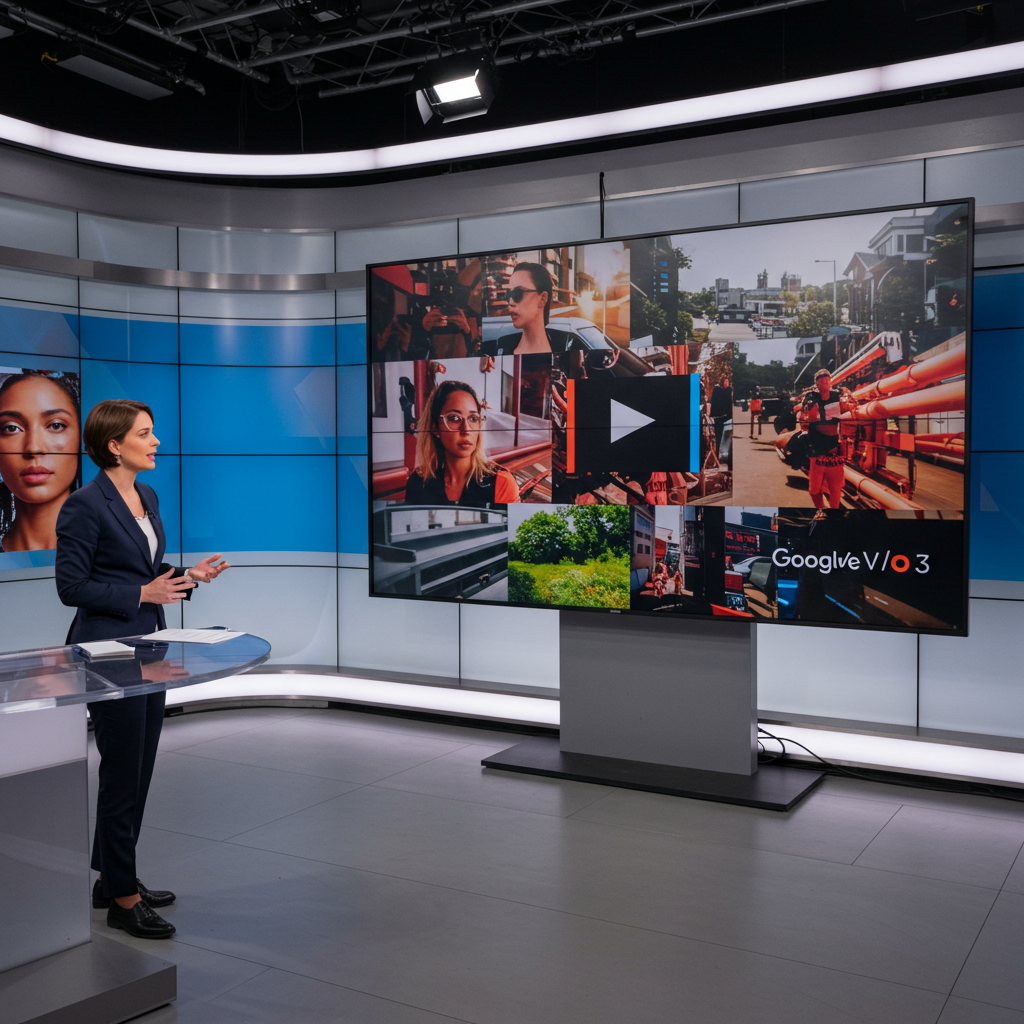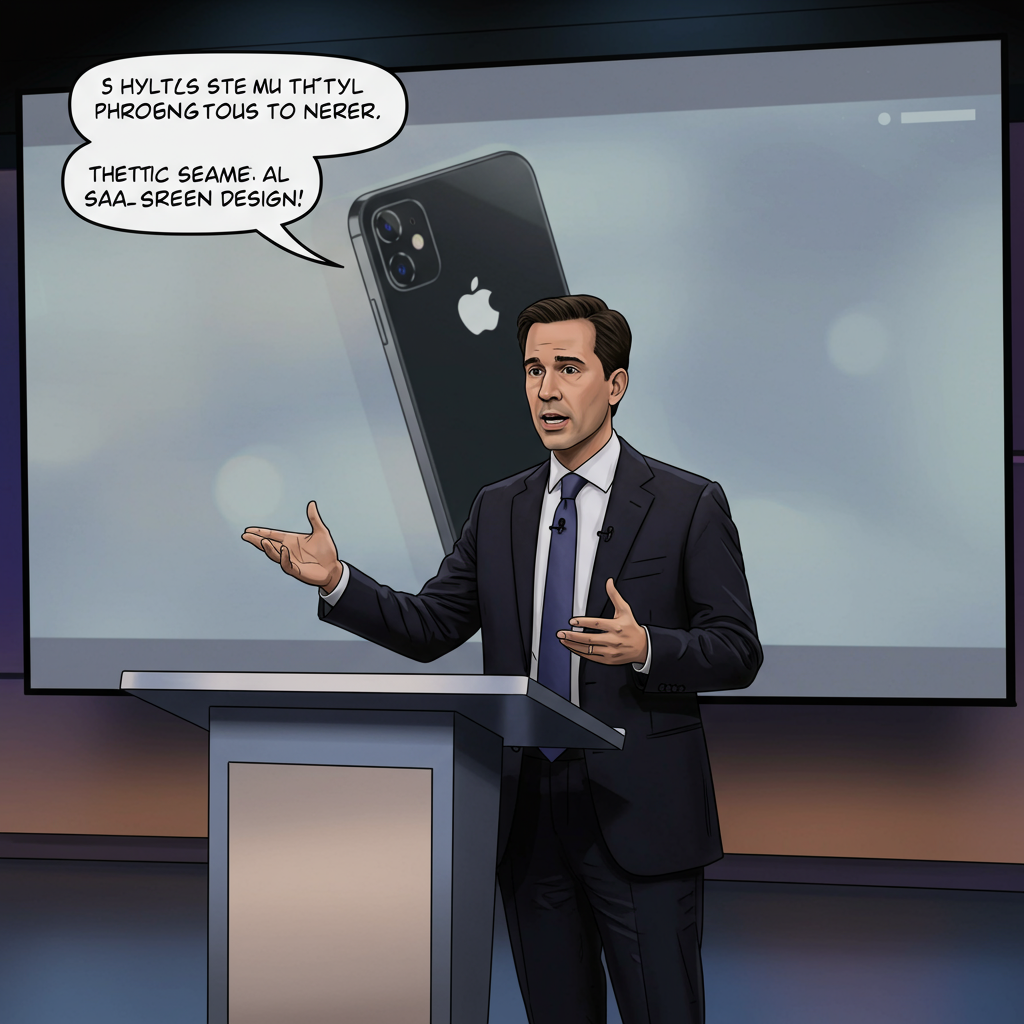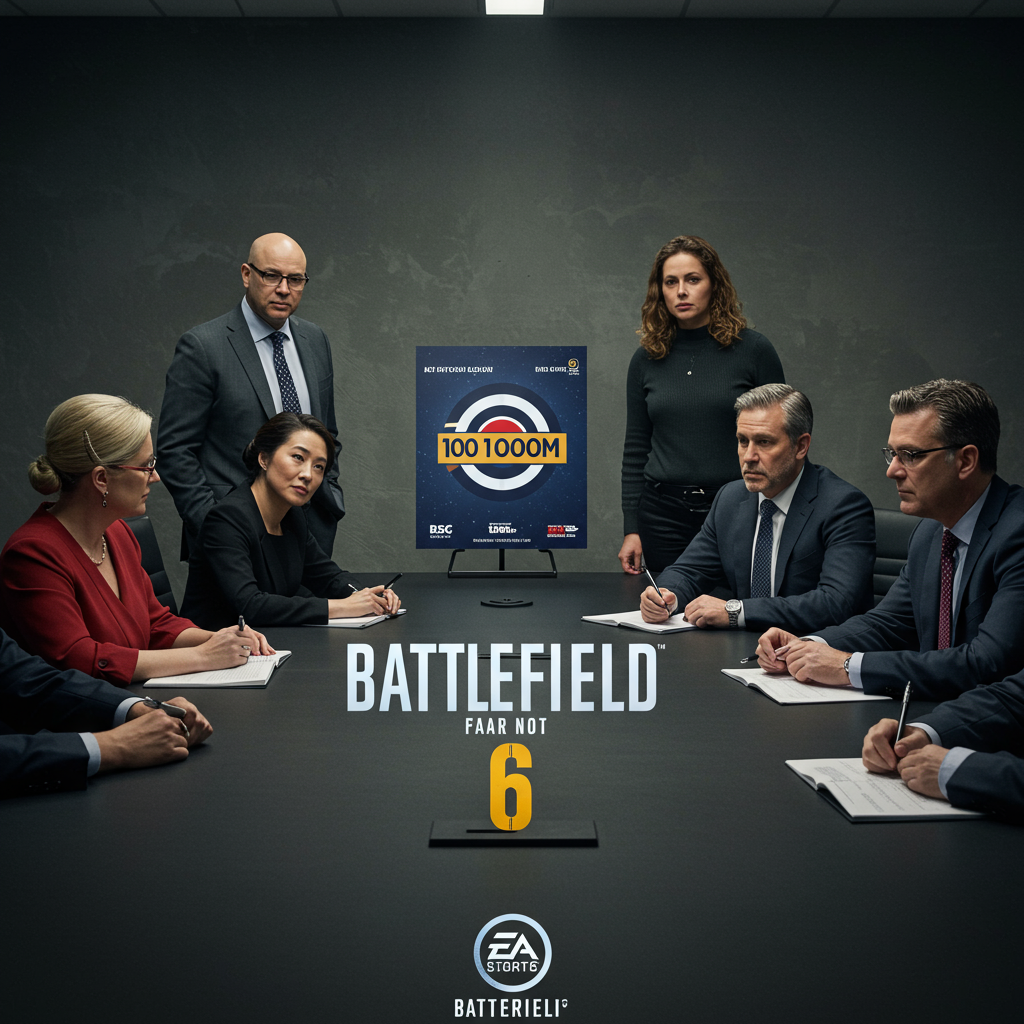Generative AI video has taken a significant leap, moving from experimental online clips to the mainstream. Google’s Veo 3, the company’s advanced text-to-video model unveiled just last month, recently powered a commercial that aired during the NBA Finals, signaling a new era for AI in advertising – one some are quickly labeling as a potential “AI slopfest” reaching unprecedented levels.
While AI-generated ads aren’t entirely new, Veo 3’s debut in a high-profile prime-time slot marks a notable ascent. Previously, much of the discussion around AI video generation, including early experiments with Veo 3, centered on its use for simulating lower-stakes content like YouTube unboxing videos, man-on-the-street interviews, or fake game streams – content often characterized as repetitive or low-quality “AI slop.” Now, that same capability is being deployed on national television.
The AI-Powered Creation Process
The NBA Finals ad in question, created for financial services company Kalshi, offers a window into this new workflow. According to the ad’s creator (or perhaps more accurately, its “prompter”), PJ Ace, the entire process was deeply integrated with Google’s AI tools from concept to completion. Kalshi sought a commercial about betting on markets, and Ace proposed a high-energy, “high-dopamine” concept blending elements of Grand Theft Auto and Florida, predicting this chaotic style would be a trend in 2025 AI advertising.
Remarkably, AI wasn’t just used for the final video generation. Ace utilized a combination of Gemini and ChatGPT to brainstorm ideas and help write the script. After the script was developed, Ace then turned to Gemini again to literally write the prompt that would be fed into Veo 3 to generate the video segments. This workflow, where AI helps ideate, script, and even formulate its own input prompt for video generation, highlights the increasingly autonomous nature of creative processes powered by these models.
Impressive Speed, Lingering Limitations
The speed of creation is arguably the most striking aspect of this prime-time AI debut. Ace reported that the entire Kalshi ad took only two days to produce, requiring “300-400 generations” within Veo 3. This compressed timeline stands in stark contrast to traditional advertising production, which typically involves extensive planning, filming, and post-production, often taking weeks or months.
However, the results, while realistic at a glance, still reveal the current technical limitations of tools like Veo 3. As seen in the Kalshi ad and even Google’s own curated demos, AI video models continue to struggle significantly with continuity. Scenes are often very short because maintaining consistent characters, objects, or perspectives across longer sequences remains challenging. Even with complementary tools like Google Flow, designed for more coherent AI filmmaking, output can appear “wonky,” featuring illogical elements like characters shooting at nothing or jarring camera angle shifts that make the AI origin obvious. Despite the rapid advancements, producing perfectly seamless, long-form video remains a hurdle.
The Cost Reduction and Job Displacement Concern
Perhaps the most significant implication of this shift to AI-generated video, particularly for advertising, is the drastic reduction in cost. PJ Ace estimated that the Veo 3-powered Kalshi ad represented about a “95 percent cost reduction” compared to producing a traditional commercial. This massive potential for savings is a powerful incentive for businesses to adopt AI video tools.
While the current limitations might prevent Veo 3 from becoming the immediate default for all video production, the financial motivation is undeniable. This raises serious concerns about potential job displacement within creative industries, from camera operators and lighting technicians to editors and production crews. The debate over AI’s impact on jobs is a significant one across many sectors, with some tech leaders offering optimistic (and sometimes criticized) views about new opportunities arising, while others express profound concern about the potential for widespread unemployment as AI becomes cheaper and more capable than human labor for certain tasks. The rapid deployment of tools like Veo 3, driven by cost efficiency, brings this concern sharply into focus for the video production world.
Google’s aggressive push into generative AI with tools like Gemini and Veo 3 contrasts with the more cautious approach seen from some competitors, perhaps driven by the intense race to lead the AI market. While this rapid innovation brings powerful new capabilities, the Veo 3 prime-time debut highlights the complex reality: AI video can be incredibly fast and cheap to produce, but it still comes with technical imperfections and significant potential societal disruption. As companies increasingly leverage AI to cut costs, the presence of “AI slop” – whether in viral online clips or high-stakes TV commercials – may become an unavoidable part of the media landscape.




